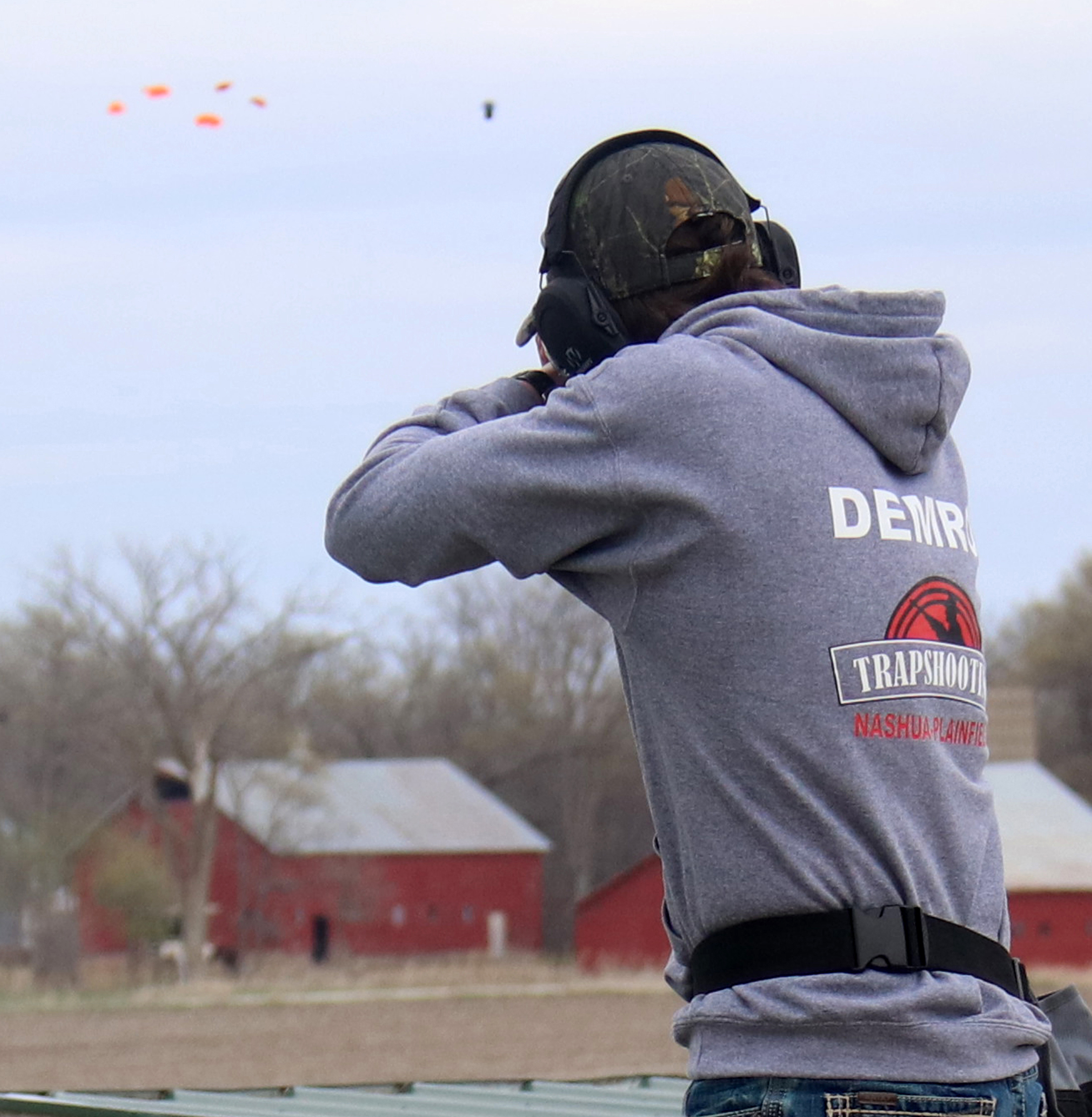Filled with charm: Behind the creation of raku pottery

By Amie Johansen
amie@charlescitypress.com
Clay: hard, fragile, pliable and rigid. To hear Charles City resident and local potter Jon Schneckloth talk about the common art supply is poetic. It comes from the earth and can be molded by man’s hands, it withstands high heat and exits the flame harder and stronger, he said.
Schneckloth was introduced to clay in high school. After graduating high school he spent more time with the art medium, attempting new techniques and honing his craft. For the past 45 years, he has celebrated pottery triumphs and learned from failures. His favorite technique to practice and hone is raku pottery.
Raku is a Japanese process dating back to the 16th century, becoming westernized in the mid 20th century. Schneckloth began experimenting with raku while he was teaching.
“I ordered a small (raku) kiln when I was teaching,” Schneckloth said. Unsure of the process, it took a friend’s encouragement to try out the kiln.
“Fired up a raku kiln and kept doing a little with the kids,” he said of his raku experimentation process. Wanting to learn more, Schneckloth took a workshop and began to focus on making more raku pieces.
According to Schneckloth, speed is an important element in creating a successful raku piece. After the piece has been fired it must be removed from the kiln quickly and placed into a metal can lined with papers.
“I use a trash can,” Schneckloth said. “(The hot pottery) immediately ignites the paper. When the flames get high, I put the lid on.”
Without oxygen, the fire is quelled.
“Take away oxygen and it creates carbon,” Schneckloth said. “(Smoke) penetrates the clay.”
Trying to find a way to breathe, the fire pulls oxygen from the low fired glazes causing the pot to take on a metallic hues. Schneckloth likes to use a crackle glaze which produces blackened tendrils on the surface when penetrated by the smoke. Areas that are left unglazed are completely blackened by smoke. If the pot were to be shattered, the interior of the wall would be white, where the smoke could not reach, he said.
Typically once a piece is fired, it is cooled and is considered finished.
“Raku is the only process where you can change the surface after it comes out of the kiln,” Schneckloth said of the smoke’s effect on the pottery.
However, once placed into the lidded can the outcome is left up to the carbon.
“It’s pretty unpredictable,” Schneckloth said. “It’s frustrating.”
Although Schneckloth shaped the piece, applied the glaze and controlled the firing temperature, he does not have complete control over the pot’s outcome.
“I liken it to getting a Christmas present…you think you know what you’re going to get, but you never know,” Schneckloth said.
Schneckloth has entered pottery and art shows with his raku pieces. They have even gained special attention from those wanting a unique resting place in the afterlife. Schneckloth has helped a handful of people honor their loved ones’ memories by creating uniquely specific urns for ashes of the deceased.








Social Share